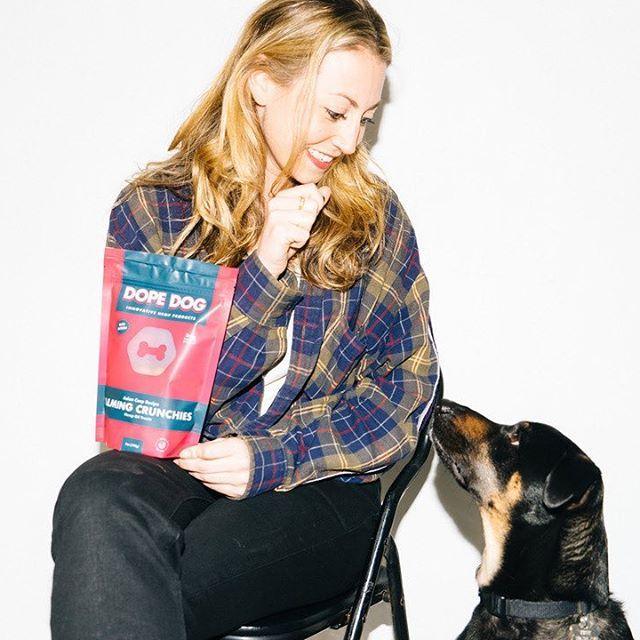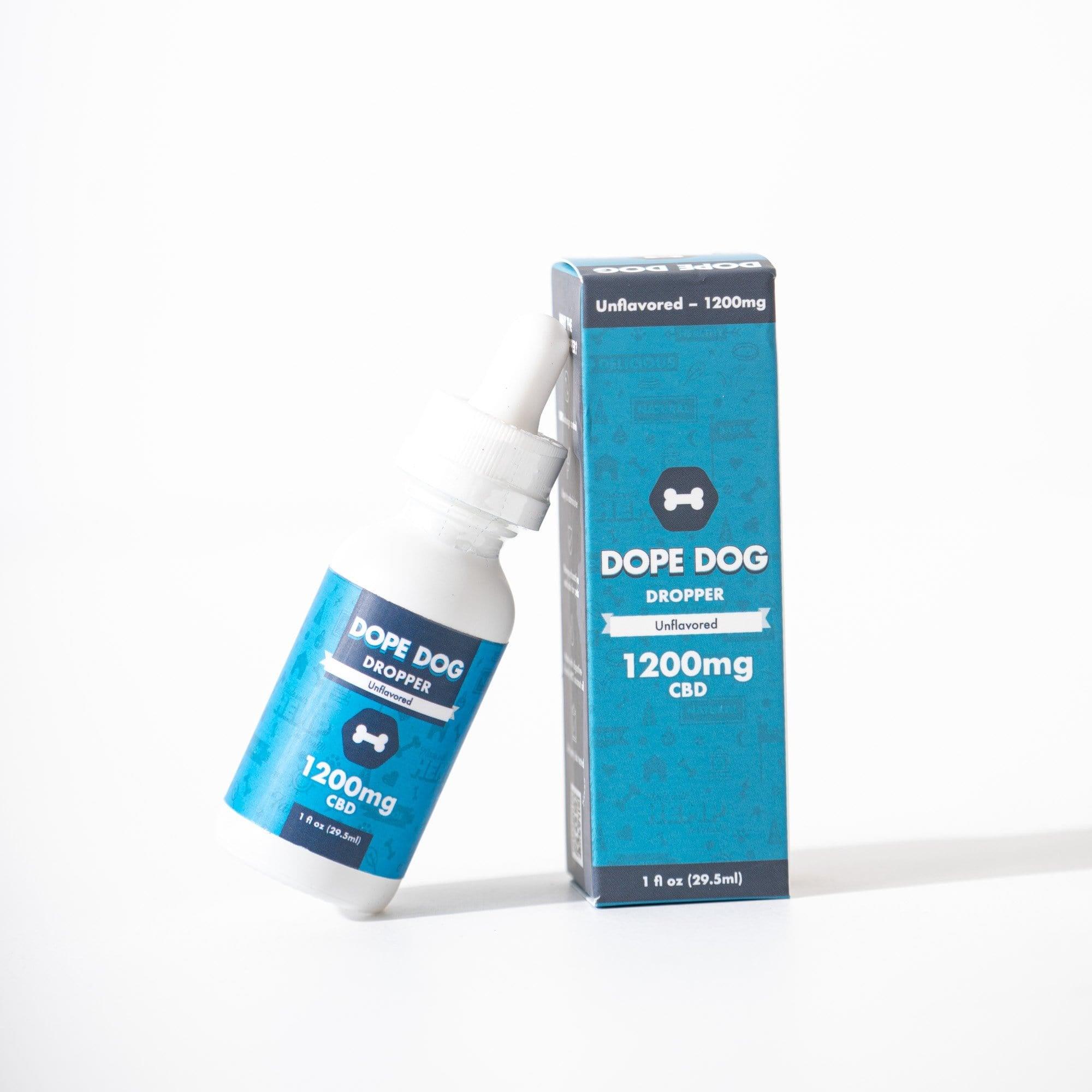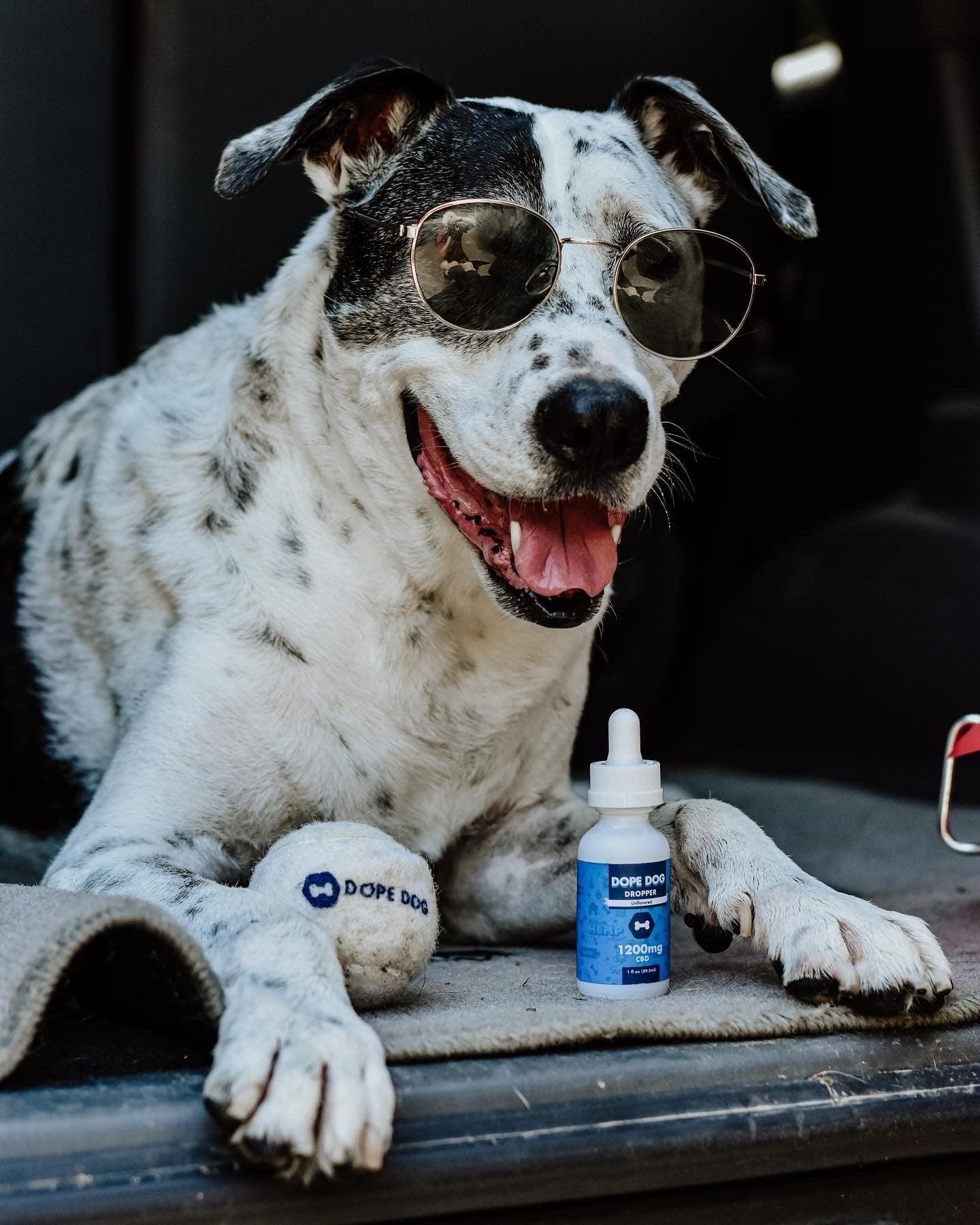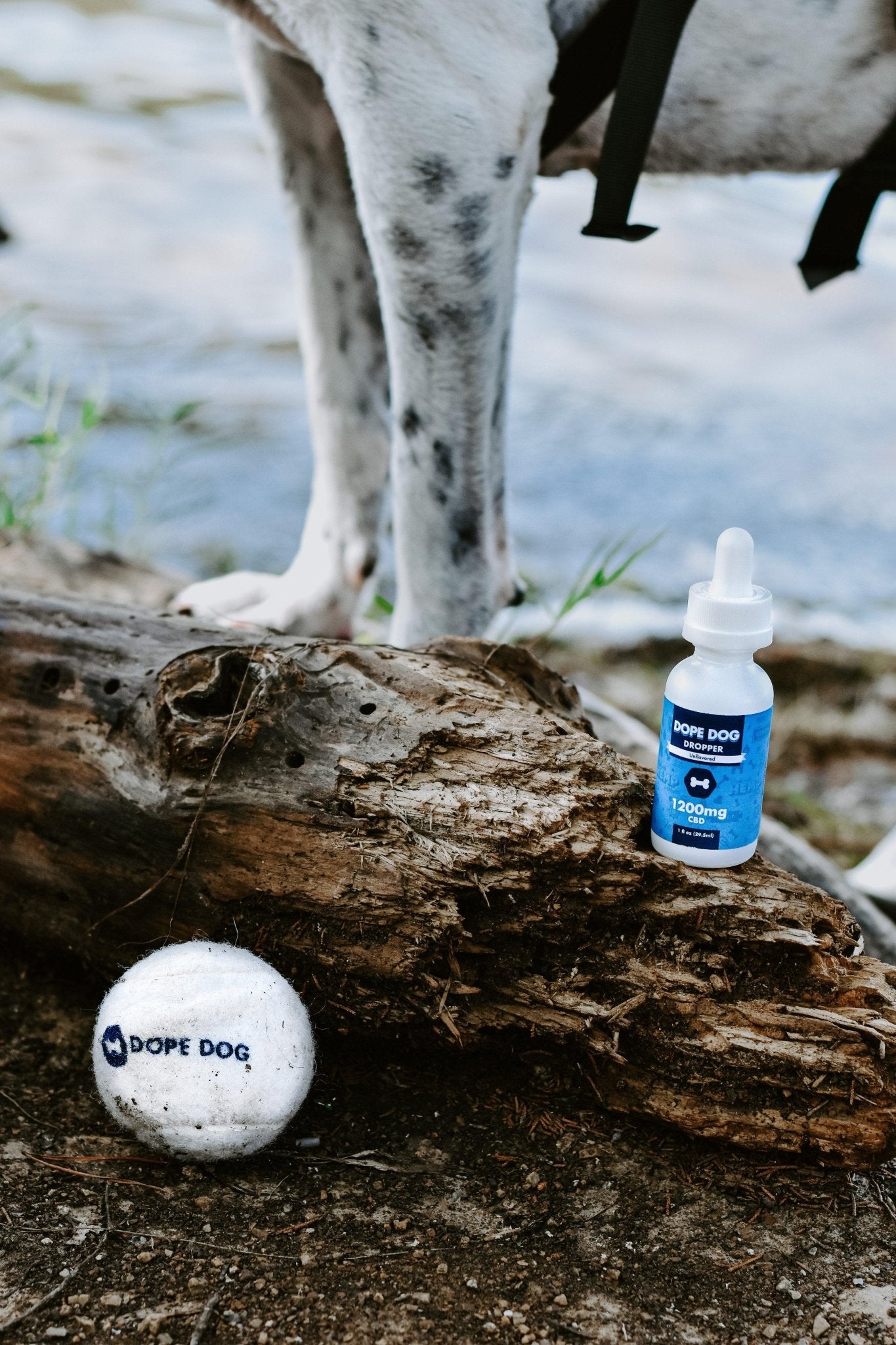Having a scared dog can be a heartbreaking experience for any pet owner. It's difficult to see our furry friends trembling, hiding, or exhibiting signs of fear without understanding the underlying reasons behind their behavior. In this blog post, we will delve into the world of canine fears, exploring why dogs may act scared and how we can address their anxieties.
Understanding your dog's fear is the first step in helping them feel safe and secure. There are various common causes of fear in dogs, including past trauma, fear of loud noises, fear of strangers or new environments, and even medical conditions that can contribute to their anxiety. By recognizing these causes, we can better empathize with our pets and take appropriate measures to alleviate their fears.
Signs of fear in dogs can manifest in different ways, both physically and behaviorally. Physically, dogs may exhibit trembling, panting, excessive drooling, or even aggression when they are frightened. On a behavioral level, they may try to escape or hide, become overly clingy, or display destructive behavior. It's crucial for pet owners to be able to identify these signs, as it enables us to intervene and provide the necessary support.

Helping a scared dog requires patience, understanding, and a tailored approach. Comforting your dog in scary situations can provide immediate relief, whether it's through gentle touch, soothing words, or creating a safe space for them. Training techniques, such as desensitization and counterconditioning, can also be effective in helping dogs overcome their fears over time. However, in some cases, seeking professional help from a veterinarian or a certified dog behaviorist may be necessary for a comprehensive treatment plan.
Prevention is always better than cure, and this holds true for addressing our dog's fears as well. Socializing your dog from an early age, exposing them to various people, animals, and environments, can help build their confidence and reduce the likelihood of fear in the future. Creating a safe environment at home, free from potential triggers, is another essential step in preventing fear-related behaviors. Regular veterinary check-ups can also help identify any underlying medical conditions that may contribute to your dog's fear.
In this blog post, we will delve into the different causes of fear in dogs, explore the signs that indicate fear, and provide practical tips on how to help your scared dog. By understanding and addressing our pets' fears, we can create a loving and supportive environment that allows them to thrive and enjoy a happy, fear-free life. Stay tuned for the upcoming sections where we will dive deeper into each aspect of understanding and addressing your pet's fears.

Related: Can Dogs Eat Mandarins?
Understanding Your Dog's Fear: Common Causes and Signs
Dogs, like humans, can experience fear and anxiety. However, they may express their fears differently, making it crucial for pet owners to understand the common causes and signs of fear in dogs. By gaining insight into their fears, we can provide the necessary support and create a sense of security for our furry friends. In this section, we will explore the common causes of fear in dogs and discuss the signs that indicate when they are feeling scared.
Fear from Past Trauma
One of the primary causes of fear in dogs is past trauma. Dogs that have experienced abuse, neglect, or a traumatic event may develop deep-rooted fears that can affect their behavior. This trauma can range from mistreatment by previous owners to a distressing experience such as a car accident or an attack by another animal. It's essential to recognize that dogs have long-lasting memories, and their fear response may be triggered when they encounter situations that remind them of their traumatic experiences.
Fear of Loud Noises
Many dogs are fearful of loud noises such as thunderstorms, fireworks, or even vacuum cleaners. This fear, known as noise phobia, can cause extreme distress in dogs and may lead to behaviors like hiding, trembling, or trying to escape. Dogs with noise phobia may have had a negative experience in the past associated with loud noises, or they may have a genetic predisposition to being more sensitive to sound. Understanding and addressing this fear can help dogs feel more secure during loud events.

Fear of Strangers or New Environments
Dogs are naturally protective of their territory and can exhibit fear or anxiety when encountering strangers or new environments. This fear may stem from a lack of socialization during their critical developmental stages or negative interactions with unfamiliar people or places. Dogs may show signs of fear, such as barking, growling, or cowering when faced with strangers or unfamiliar surroundings. Helping them feel more comfortable in these situations can greatly reduce their anxiety.
Medical Conditions Causing Fear
In some cases, fear in dogs can be a result of underlying medical conditions. Pain, discomfort, or neurological disorders can contribute to a dog's fear response. For example, a dog experiencing joint pain may become fearful of stairs or jumping. It's essential to rule out any potential medical issues by consulting with a veterinarian, especially if a dog's fear is sudden or unexplained.
Understanding the common causes of fear in dogs is crucial, but equally important is recognizing the signs that indicate when our pets are feeling scared. In the next section, we will explore these signs in detail, helping pet owners better understand their dog's emotions and behaviors.
Related: Stop Dogs From Barking
Common Reasons Why Dogs Act Scared
Dogs can display fearful behavior for various reasons, and understanding these common triggers is essential for addressing and alleviating their fears. In this section, we will explore some of the most frequent reasons why dogs may act scared.
Fear from Past Trauma
As mentioned earlier, dogs that have experienced past trauma, such as abuse, neglect, or a traumatic event, may exhibit fearful behavior. These dogs may associate certain stimuli or situations with their traumatic experiences, leading to a fear response when they encounter similar triggers. It's crucial to remember that a dog's past experiences can have a lasting impact on their behavior and emotions.

Fear of Loud Noises
Many dogs are fearful of loud noises, and this fear is particularly common during thunderstorms, fireworks, or even loud household appliances. Dogs with noise phobia may become anxious, tremble, or seek hiding spots when exposed to these sounds. The loudness and unpredictability of such noises can trigger a fear response in dogs, making them feel vulnerable and scared.
Fear of Strangers or New Environments
Dogs are naturally inclined to be cautious around strangers and unfamiliar environments. Lack of socialization during their critical developmental stages or negative experiences with strangers can contribute to their fear. Dogs may display fearful behaviors, such as barking, growling, or hiding when encountering new people or places. Building their confidence and providing positive experiences in new environments can help alleviate this fear.
Fear of Specific Objects or Situations
It's not uncommon for dogs to develop fear or phobias towards specific objects or situations. This can range from fear of water, car rides, or even everyday objects like vacuum cleaners or umbrellas. These fears may be rooted in past negative experiences or could be due to a lack of exposure and desensitization. Identifying these specific triggers and gradually helping dogs overcome their fears through positive reinforcement can be beneficial.
Love your pup every day the easy way with Dope Dog. Check out their full line of pet-safe CBD products today. Shop now!

Medical Conditions
Certain medical conditions and health issues can contribute to a dog's fearful behavior. Pain, discomfort, or underlying health problems can make dogs more prone to anxiety and fear. For example, a dog experiencing dental pain may become fearful and defensive when approached around their mouth. It's crucial to rule out any potential medical causes by consulting with a veterinarian if a dog's fear is sudden or unexplained.
By understanding the common reasons why dogs may act scared, pet owners can better empathize with their pets and take appropriate steps to address their fears. In the following sections, we will explore the signs of fear in dogs and provide guidance on how to help our scared furry companions.
Related: Turmeric For Dogs
Recognizing Signs of Fear in Dogs
Dogs communicate their emotions primarily through body language and behavior. Being able to recognize the signs of fear in dogs is crucial for understanding their emotional state and providing appropriate support. In this section, we will explore the physical signs, behavioral changes, and long-term indicators that indicate a dog is experiencing fear.

Physical Signs of Fear
When a dog is feeling scared, their body language often reflects their emotional state. Some common physical signs of fear in dogs include:
- Trembling or shaking: Dogs may exhibit trembling or shaking, particularly in their limbs or throughout their body.
- Tail tucking: A fearful dog may tuck their tail between their hind legs, indicating their discomfort.
- Ears back: Dogs may pin their ears back against their head when they are feeling fearful or anxious.
- Piloerection: Fear can cause a dog's hair to stand on end, resulting in a raised or bristled appearance.
- Dilated pupils: Fear can cause a dog's pupils to dilate, making their eyes appear larger than usual.
- Excessive drooling: Dogs may drool more than usual when they are feeling scared or anxious.
- Panting: Fear can lead to rapid and shallow breathing, resulting in excessive panting.
Behavioral Changes Indicating Fear
In addition to physical signs, dogs may also exhibit behavioral changes when they are feeling scared. Some common behavioral changes that indicate fear include:
- Hiding or seeking shelter: Dogs may try to find a hiding spot or seek shelter when they are feeling fearful.
- Freezing or immobility: Fear can cause a dog to freeze or remain immobile in an attempt to avoid perceived threats.
- Excessive barking or growling: Dogs may bark or growl excessively when they are scared, attempting to warn or deter potential threats.
- Aggression: In some cases, fear can trigger aggressive behavior as a defensive response.
- Decreased appetite: Dogs may experience a loss of appetite or a decrease in food intake when they are feeling fearful or anxious.

Long-Term Signs of Chronic Fear
If a dog's fear is left unaddressed or if they are consistently exposed to fearful situations, it can lead to chronic fear. Some long-term signs of chronic fear in dogs include:
- Increased reactivity: Dogs may become more reactive to their triggers, displaying heightened fear responses.
- Avoidance behavior: Dogs may actively avoid situations or stimuli that they associate with fear.
- Withdrawal or depression: Chronic fear can lead to a dog becoming withdrawn, displaying signs of depression or apathy.
- Destructive behavior: Dogs may engage in destructive behaviors, such as chewing furniture or excessive digging, as a coping mechanism for their fear.
By understanding and recognizing these signs of fear in dogs, pet owners can intervene and provide appropriate support to help their scared dogs feel safe and secure. In the following sections, we will explore various techniques and strategies to help address their fears and anxieties.
Related: What To Give Your Dog To Sleep Through The Night?
How to Help Your Scared Dog
Seeing our beloved furry friends scared and anxious can be distressing. As pet owners, it's our responsibility to provide comfort and support to help our scared dogs feel safe and secure. In this section, we will explore various techniques and strategies to help alleviate your dog's fears and anxieties.
Comforting Your Dog in Scary Situations
- Remain calm and composed: Dogs can pick up on our emotions, so it's important to stay calm and composed when your dog is scared. Your calm presence can help reassure them that everything is okay.
- Provide a safe space: Create a designated safe space for your dog, such as a cozy corner or a crate covered with a blanket. This provides a secure retreat where they can seek comfort during scary situations.
- Use positive reinforcement: Reward your dog with treats, praise, and affection when they exhibit calm behavior or show signs of overcoming their fears. Why is My Dog Acting Scared. This positive reinforcement helps them associate positive experiences with potentially fearful situations.
- Engage in relaxing activities: Engaging in activities that help your dog relax can be beneficial during scary times. This may include gentle massage, playing soothing music, or using anxiety-reducing products like calming diffusers or wraps.

Training Techniques to Overcome Fears
- Desensitization: Gradual exposure to the fear-inducing stimuli can help desensitize your dog over time. Start with low-intensity exposure, and gradually increase the intensity as they become more comfortable. Always ensure that your dog is not overwhelmed during the process.
- Counter-conditioning: Pairing the fear-inducing stimuli with something positive can help change your dog's emotional response. For example, if your dog is scared of thunderstorms, play their favorite game or give them a special treat during a storm to associate it with positive experiences.
- Seek professional help: If your dog's fear is severe or if you're struggling to address their anxieties on your own, consider seeking the assistance of a professional dog trainer or behaviorist. They can provide guidance and create a customized behavior modification plan for your dog.
Related: Zyrtec for Dogs
When to Seek Professional Help
While many fearful behaviors can be addressed with patience and training, there are cases where professional help is necessary. Consider consulting a veterinarian or a certified dog behaviorist if:
- Your dog's fear is severely impacting their quality of life or your ability to manage their behavior.
- Your dog displays aggressive behavior as a result of fear.
- Your attempts to help your dog overcome their fears have been unsuccessful.
- You suspect that your dog's fear may be rooted in a medical condition.
Professional guidance can provide a comprehensive assessment of your dog's fears and develop an effective treatment plan.
In the next section, we will discuss preventive measures to help reduce the likelihood of fear in your dog and promote their overall well-being.

Related: Dog Probiotics 101
Preventing Future Fear in Your Dog
While it's important to address and alleviate your dog's current fears, taking proactive measures to prevent future fear is equally essential. Why is My Dog Acting Scared. By implementing preventive strategies, you can create an environment that fosters your dog's confidence and reduces the likelihood of fear-related behaviors. In this section, we will explore several preventive measures to promote your dog's emotional well-being.
Related: CBD for itchy dogs
Socializing Your Dog
Socialization plays a vital role in helping dogs develop confidence and resilience. Exposing your dog to various people, animals, and environments from an early age can help them become comfortable and adaptable in different situations. Why is My Dog Acting Scared. Gradually introduce your dog to new experiences, ensuring they have positive interactions and associations. Puppy socialization classes, supervised playdates, and controlled introductions to new environments can all contribute to a well-socialized and confident dog.
Related: Ear Infections in Dogs
Creating a Safe Environment
Providing a safe and secure environment for your dog is crucial for their emotional well-being. Consider the following:
- Minimize exposure to fearful stimuli: Identify and minimize your dog's exposure to triggers that may cause fear or anxiety. This may include loud noises, crowded spaces, or situations that have previously triggered fear.
- Provide a den or safe space: Create a designated area where your dog can retreat to when they feel scared or overwhelmed. This can be a crate, a cozy corner, or a specific room where they feel safe and secure.
- Use positive reinforcement: Reward your dog for calm and confident behavior. Positive reinforcement helps reinforce their sense of security and encourages positive associations with their environment.
- Establish a routine: Dogs thrive on routine and predictability. Establish a consistent daily routine for your dog, including regular feeding times, exercise, play, and rest. This stability can help reduce anxiety and create a sense of security.

Related: Dog Got Stung By Bee
Regular Veterinary Check-ups
Regular veterinary check-ups are essential for maintaining your dog's overall health and well-being. During these visits, your veterinarian can identify any underlying medical conditions that may contribute to fear or anxiety. Why is My Dog Acting Scared. Addressing these medical issues promptly can help alleviate your dog's fears and improve their quality of life.
Training and Enrichment Activities
Engaging your dog in training and enrichment activities can help build their confidence and provide mental stimulation. Consider the following:
- Basic obedience training: Teaching your dog basic commands and obedience helps establish clear communication and builds their confidence.
- Interactive toys and puzzles: Provide your dog with interactive toys and puzzles that challenge their problem-solving skills. This mental stimulation can help alleviate boredom and anxiety.
- Physical exercise: Regular exercise is essential for your dog's physical and mental well-being. Why is My Dog Acting Scared. Engage in activities such as walks, runs, or play sessions to help release excess energy and promote relaxation.
By implementing these preventive measures, you can create an environment that promotes your dog's emotional well-being, reduces fear-related behaviors, and helps them lead a happy and confident life.
In the final section, we will summarize the key points discussed throughout this blog post and emphasize the importance of understanding and addressing your dog's fears.


![Why is My Dog's Ear Swollen? [MUST KNOW!]](http://dope.dog/cdn/shop/articles/tim-higham-QxDXORRktWE-unsplash-555717.jpg?v=1697236049&width=1536)















